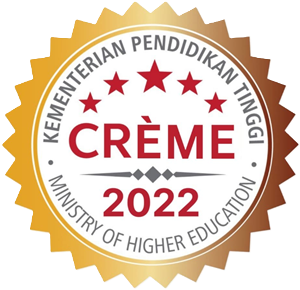PATHOGENICITY ANALYSIS ON CERATOCYSTIS STRAINS ISOLATED FROM GMELINA ARBOREA IN COSTA RICA
DOI:
https://doi.org/10.26525/jtfs2025.37.3.282Keywords:
Resistance disease, inoculation, melina, genotypes, pathogenAbstract
The appearance of severely diseased trees of Gmelina arborea (melina) in Costa Rica with high incidence rates and rapid mortality due to Ceratocystis wilt causes concern and raises new studies to determine the best management of the disease. The main reason of this work was to evaluate the severity of different strains and species of Ceratocystis present in melina. Isolations obtained from diseased melina trees, with symptoms such as leaf loss, exudations on the trunk and outgrowths on the stem, denoted the presence of three species of fungi of the genus Ceratocystis: C. fimbriata, C. mangivora and C. fimbriatomima. Koch’s postulates were consistent for all Ceratocystis strains investigated and were pathogenic for the melina genotypes. According to the pathogenicity test, two strains (CIF001 and CIF004) showed the highest incidence rates, the elite genotypes were classified according to internal lesion into susceptible (15N and 20), tolerant (57 and 58) and resistant (1). This study constitutes the first pathogenicity test of several Ceratocystis species associated with G. arborea wilt in Costa Rica, which generates valuable information to determine disease control strategies.









